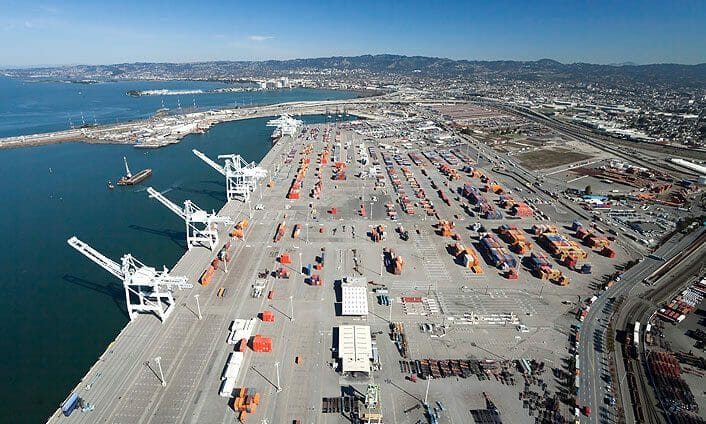OWNER
SERVICES
INDUSTRIES
KEY CONTACT
SMF Maximo Needs Assessment
Electronic Data, Inc. (EDI) was selected to provide a needs assessment as related to IBM Maximo by the Sacramento County Airport System for the Sacramento International Airport (SMF).
Scope of Work Included:
Initially, EDI provided a Needs Assessment for Maximo System. Business Process Assessments provide a foundation for all process design and improvement efforts. EDI was selected by Sacramento County in the review of its processes, systems and data that helped EDI to understand specific business needs of the County and thus allowed EDI to work in identifying Best Practices that the County could implement with success.
Furthermore, this needs assessment allowed EDI to identify where the County is best served in adapting to new tools and software solutions and identified the organization’s readiness for change and tool adoption. Included in EDI’s assessment methodology were the tasks of Completing Assessment Logistics, Assessment Data Gathering, Creation of Assessment Reports, and Delivery of the Assessment Reports, which are detailed below.
- Assessment Logistics: EDI worked with Sacramento County to define and coordinate the necessary Assessments that were required for a successful understanding of the business processes.
- Assessment Data Gathering: EDI conducted various Assessment interviews using existing or custom-built tools and checklists relevant to each process area. Assessment documentation was then developed with the objectives of identifying and reviewing current business processes and any existing County-created documentation, identifying and documenting “baseline performance metrics” within each of the major business areas, and reviewing information to identify challenges and potential gaps in moving to new system(s).
- Assessment Reports: Based on the data gathered in the assessment, documentation was produced that provided an analysis of existing methods and procedures, and key improvement opportunities and baseline metrics.
- Delivery and Acceptance of Assessment Reports: Assessment reports were then presented to Sacramento County for review and acceptance.
- Delivery of the Initial Project Plan: Next EDI prepared an Initial Baseline Project Plan for proposed recommendations upon the completion of the assessment.
- Software Assessment: EDI offered the County an initial review and recommendation of license and infrastructure requirements during this phase.













